Plants come in all shapes and sizes containing unique properties and serving us in different ways. When we think of the plants in the world, we think of what’s familiar to us and the plants we have grown up seeing. Explore different types of plants that start with J.
Isn’t it a shame that we rarely learn of unfamiliar plants from around the world?
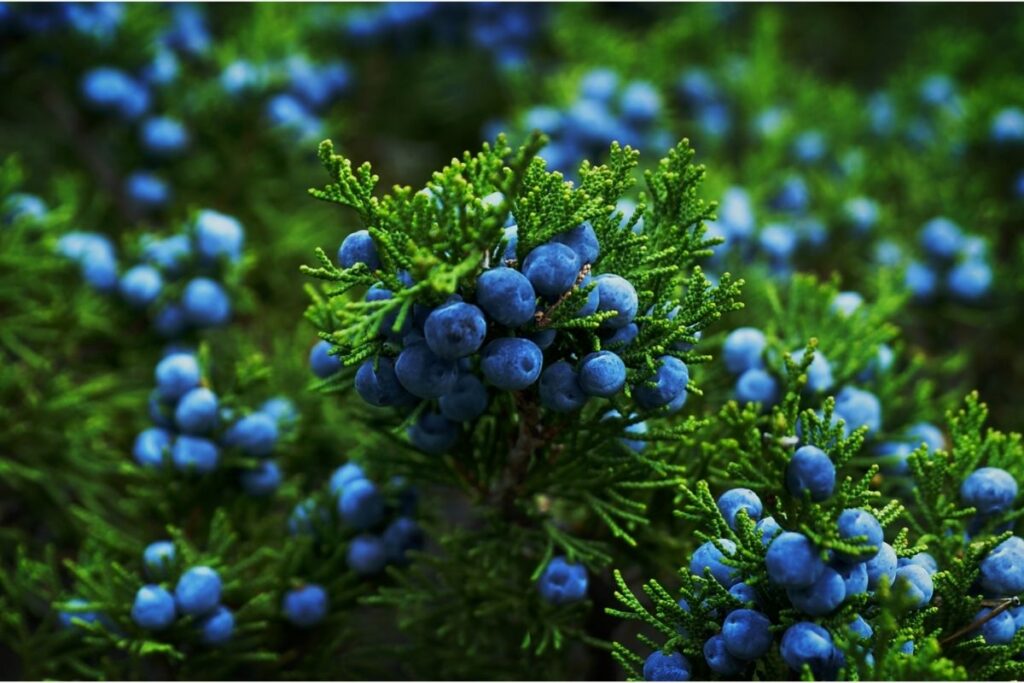
To give you a sneak preview of the wider plant world, we’ll share a fantastic list of unique plants that start with J.
1. Juniper
A Juniper plant is characterized as a coniferous tree that is a part of the cypress family. These trees can significantly vary in size from between 20 to 40 meters tall.
They are most commonly known for the fruit they bare which are called juniper berries and are frequently used for culinary and cosmetic purposes. Juniper berries are widely cultivated around the world.
Juniper trees can be found throughout the northern hemisphere spanning all the way from the Arctic to the tropics of Africa and part of Asia and Central America.
They can most commonly be found in mountainous regions.
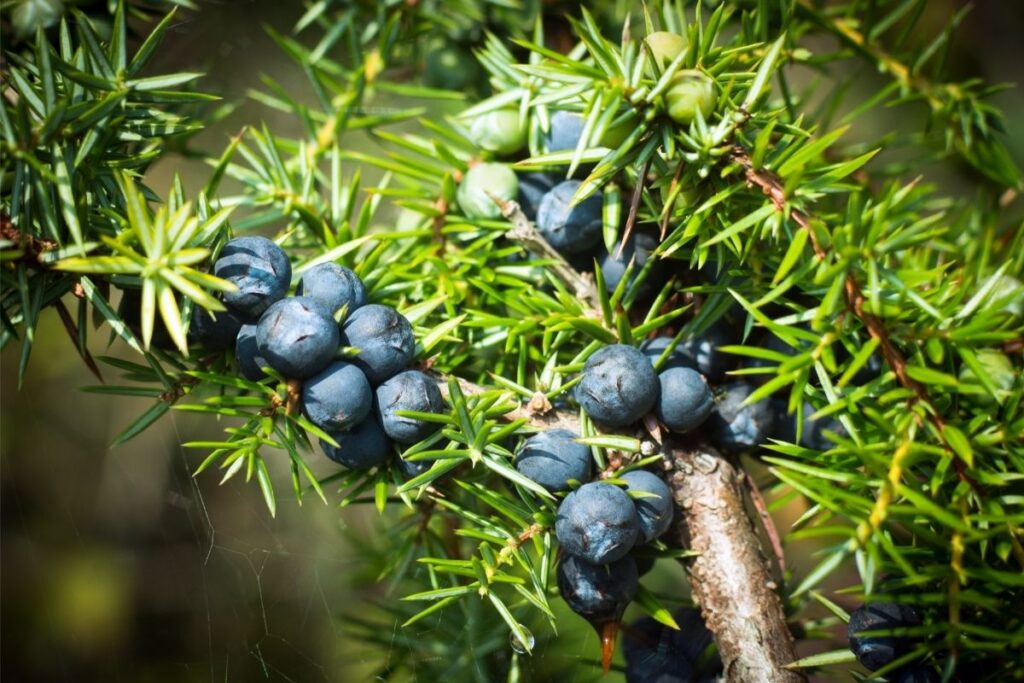
2. Japanese Cedar
Scientifically known as cryptomeria, the Japanese cedar tree is a coniferous plant that is a part of the cypress family.
This large and magnificent tree is most commonly cultivated in Japan and the Azores. The large evergreen tree can be found to reach great heights of around 70 meters.
Also known as the Japanese redwood, the tree consists of a distinctive red-brown bark. The Japanese cedar tree can be found to grow deep in forest areas with well-drained soil.
Under the right conditions, this plant grows rapidly and is a great supporter of wildlife as it stands to be a significant food source for larvae and moths.
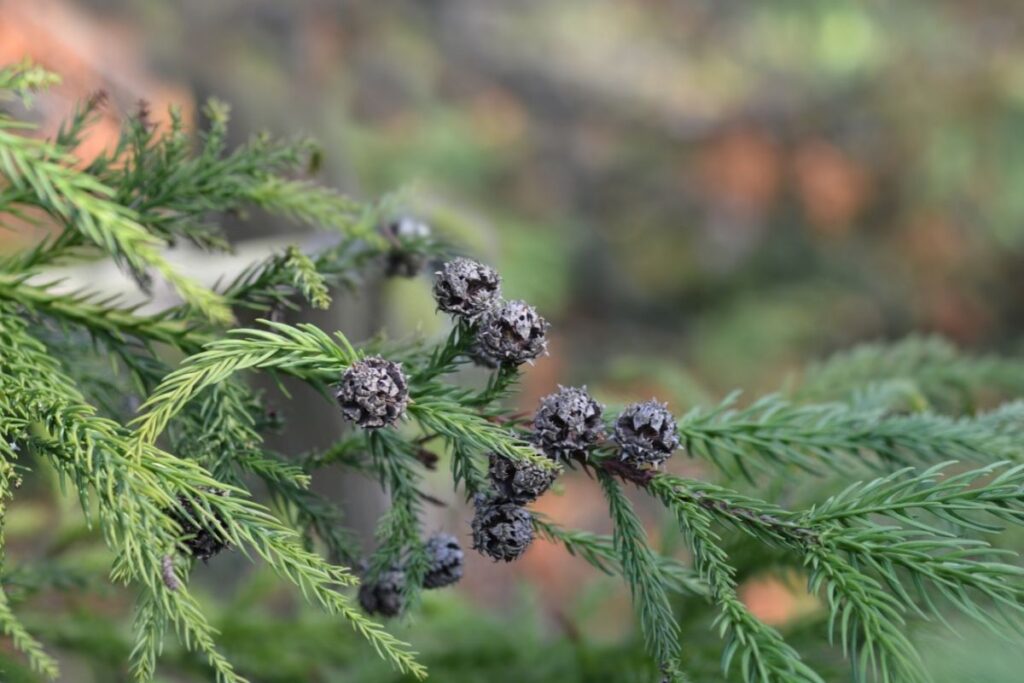
3. Jack Oak
The Jack oak, scientifically known as Quercus marilandica is a unique member of the red oak group as it stands to be one of the smallest.
This plant is native to several areas of the United States spanning from eastern and central America to the west.
This tree is characterized as a deciduous tree and can be recognized by the unique orange fissures on its bark.
The Jack oak tree can be found to grow in areas of sandy and rocky soil in dry conditions.
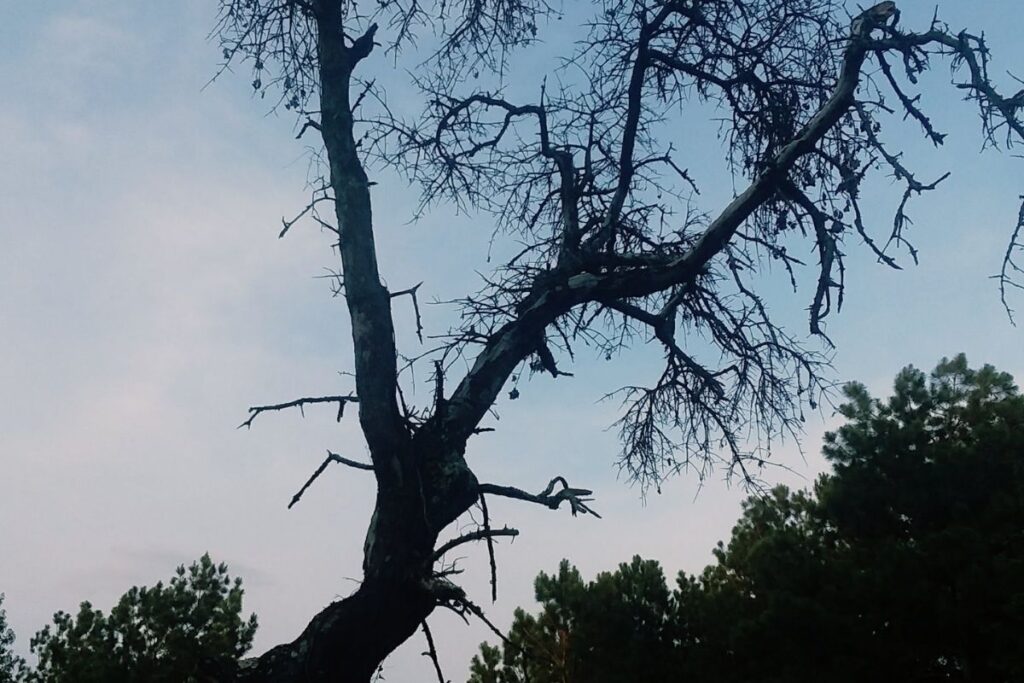
4. Jamaica Dogwood
The Jamaica dogwood plant, scientifically known as Piscidia piscipula is characterized as a tropical deciduous tree that is native to several areas of the Greater Antilles including southern Florida, the Bahamas, Panama, and Mexico.
This plant can be found growing in coastal areas and it thrives in conditions of sandy and well-drained soil.
Also known as the ‘fish killer’, the plant is cultivated in many regions in the West Indies and is commonly used for medicinal and sedative purposes as it is used to sedate fish for fishing by hand.
The tree’s tissue contains sedative chemicals that are toxic to fish. However, this plant also has positive aspects as it is considered to be a significant larvae host for numerous butterfly species including the Cassius blue butterfly.
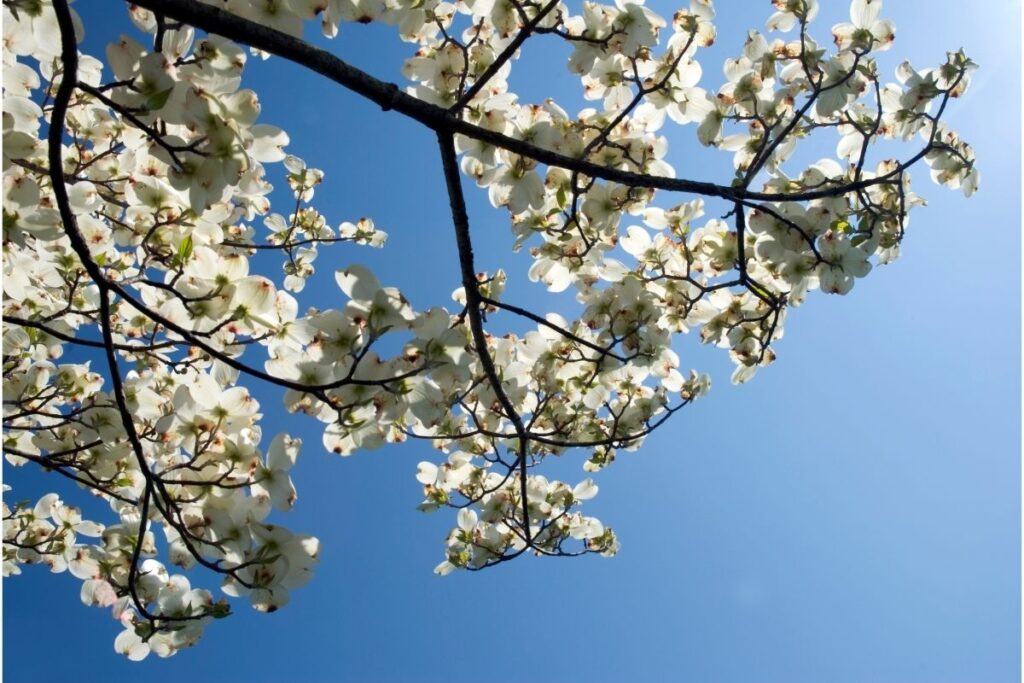
5. Jambosa
The Jambosa plant, scientifically known as Syzygium Jambos is a significant species of the rose apple.
This plant is commonly cultivated as a fruit tree as it produces delicious rose apples, but it is also used as an ornamental plant as it produces beautiful blooms.
The jambosa came from Southeast Asia but is growing around the world. The jambosa plant has a unique rose fruit that looks similar to guava in appearance.
The plant’s fruit and flowers produce a distinctive sweet and floral aroma.
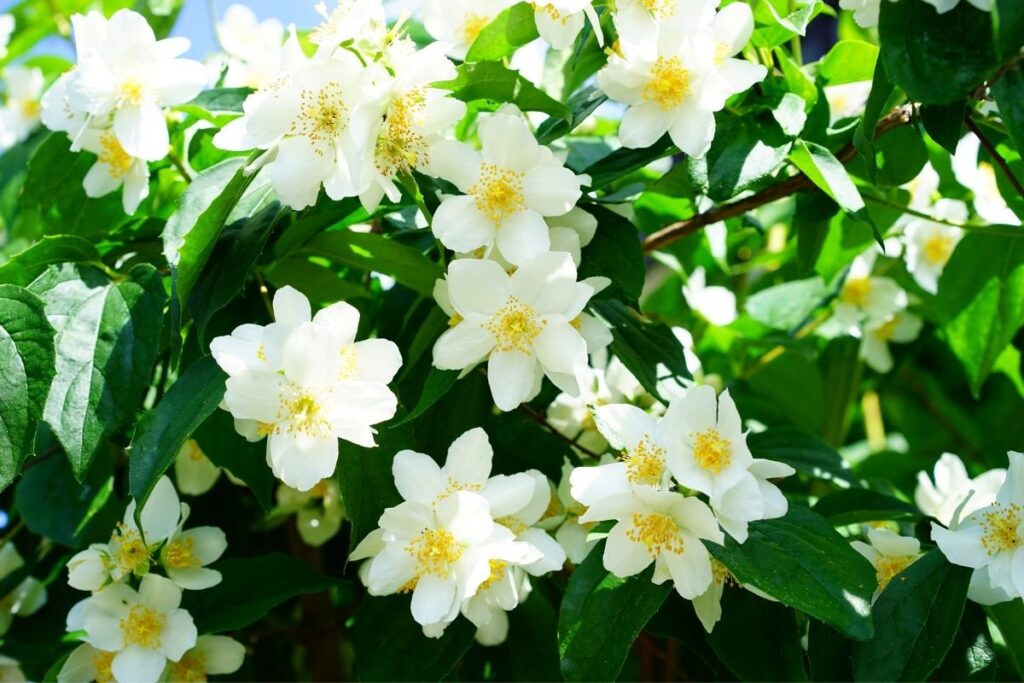
6. Jasmine
Though not obvious in appearance, the Jasmine plant is a vine or shrub that is a part of the olive family.
This plant has distinctive and fragrant flowers, the jasmine plant is all around the world. People use it for ornamental and cosmetic purposes.
The jasmine plant is native to several parts of the world including subtropical and tropical regions of Australasia, Eurasia, and Oceania, and a couple of species native to Europe. However, they are common in South Asia.
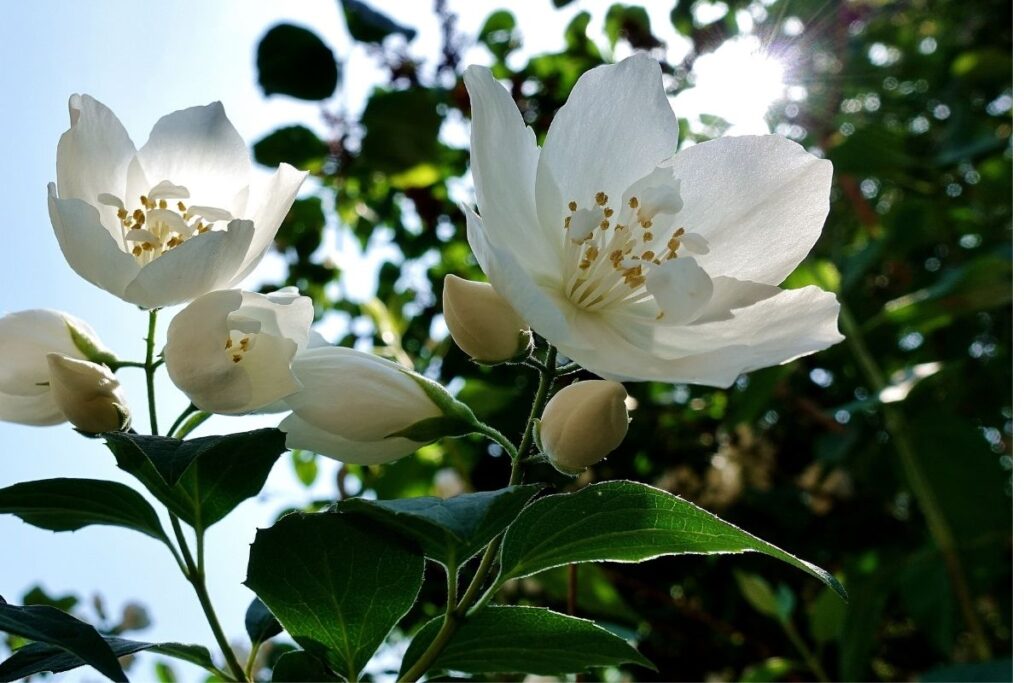
7. Jack Bean
The jack bean’s scientific name is Canavalia ensiformis. is a legume that one can consume by both animals and humans.
It holds nutritional value. Though not one of the most widely cultivated legumes, the beans offer a sweet bean flavor and texture when boiled. Do not consume the beans raw as they are toxic before boiling.
Jack beans are also for ornamental purposes as they can reach heights of 2 meters. The jack bean plant grows in Brazil and it thrives in areas with conditions of rich soil and nutrients.
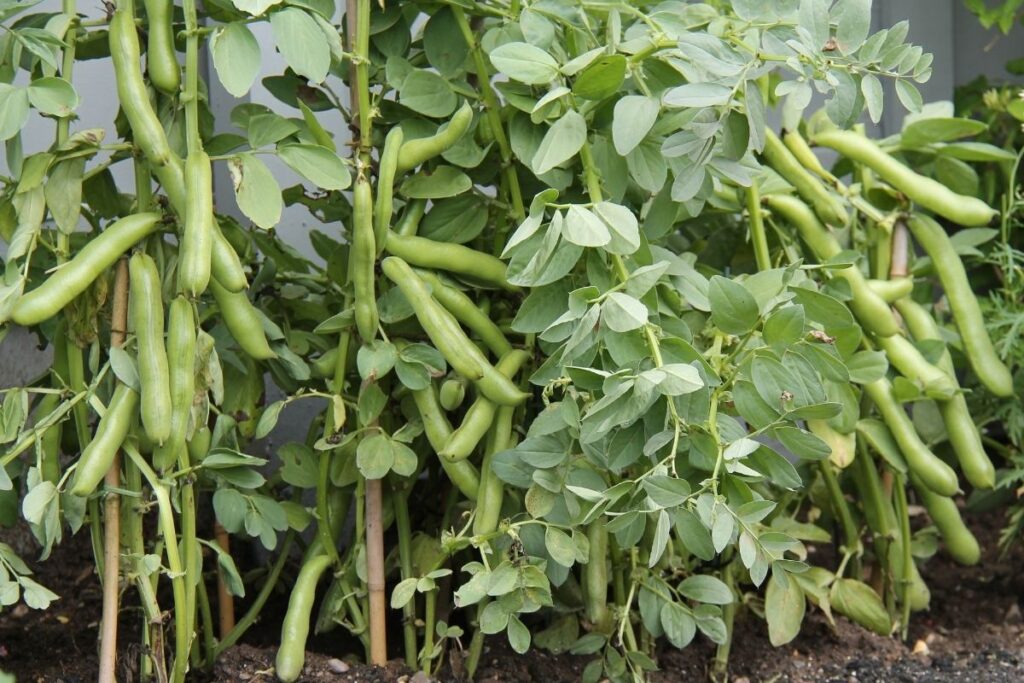
8. Jacksonia
The Jackson plant is famous for its stunning orange blooms. The shrub-like plant belongs to the Fabaceae flowering plant which is native to Australia and commonly grows in the wild, mostly in the west.
Its scientific name is Jacksonia scoparia (Dogwood), which grows in mild mountainous areas of Australia.
It is popularly an ornamental plant that provides shade as it can grow to heights of 4 meters.
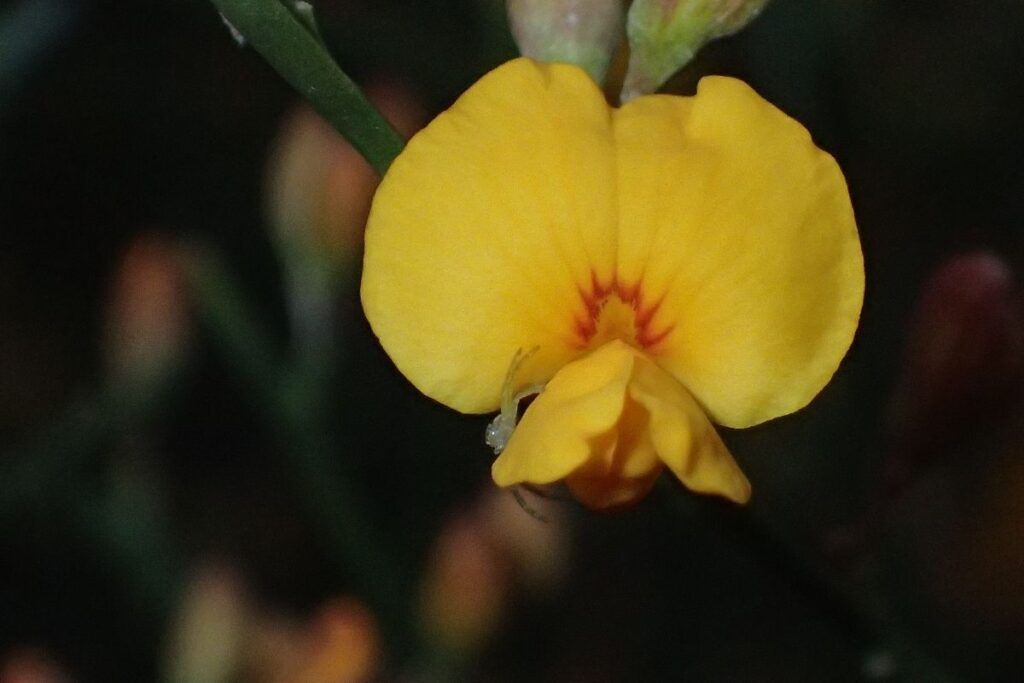
9. Jackfruit
The jackfruit is a plant that is increasingly growing in popularity as an ingredient used as a vegan substitute for meat such as vegan pulled pork due to its unique texture when cooked.
The jackfruit, or Artocarpus heterophyllus(scientific name), is a species of tree that is a part of the fig, breadfruit, and mulberry family.
This unique plant originates from several regions including southern India, Sri Lanka, Malaysia, the Philippines, and Indonesia. However, people plant this all around the world for culinary purposes. But is common in southeast Asia.
People eat the fruit of the jack tree raw and are a staple food in many regions.

10. Japanese Wisteria
Commonly, people call it Japanese wisteria. The wisteria floribunda is a flowering plant and a part of the Fabaceae family.
Though native to Japan, people all over the world plant this as one of the most popular garden plants.
People distinguish this plant by its twining climber branches and thick oblong-shaped clusters of lush varieties of pink, white, blue, and violet flowers.
The Japanese wisteria plant can reach heights of 9 meters and commonly, people use it as an ornamental plant that flourishes during the spring and summer months showcasing a wall of color.
The Japanese wisteria plant produces a sweet and floral scent similar to that of a grapevine.
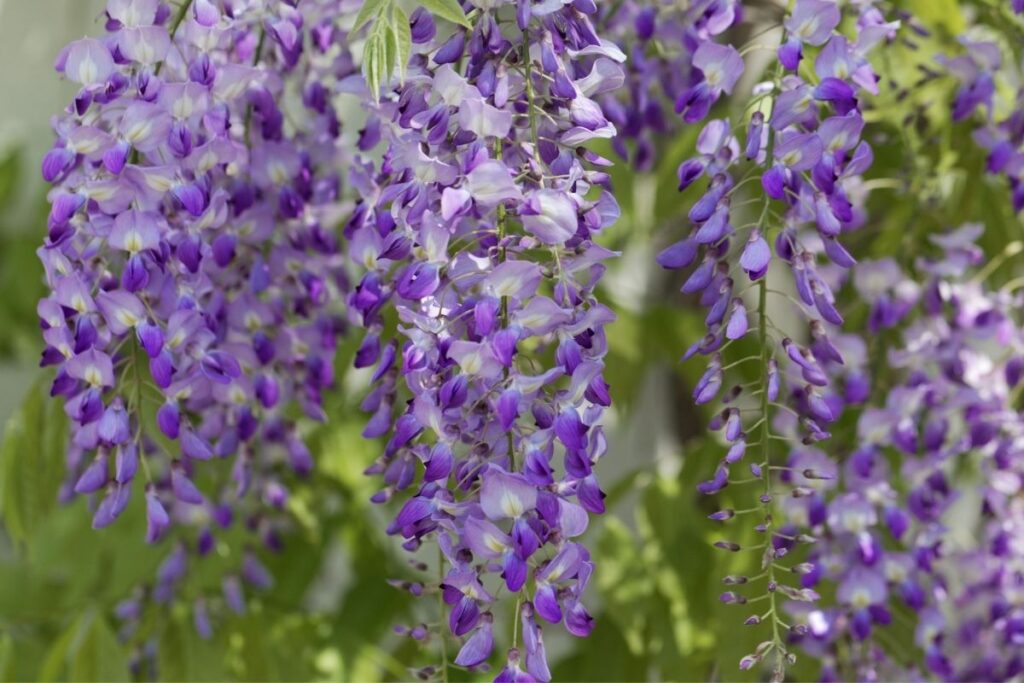
11. Java Olive
Its scientific name is Sterculia foetida, the java olive is a unique plant that has an unpleasant smell.
Though foul-smelling, people plant the java olive plant for its oil. The plant produces oil that contains cyclopropene fatty acids which makes it a suitable compound for use as a biofuel. Its oil is similar to that of sunflower, grapeseed, and soybean oil.
The java olive plant is in several regions of the world including Southeast Asia, South Asia, Africa, The United States, and Australia.
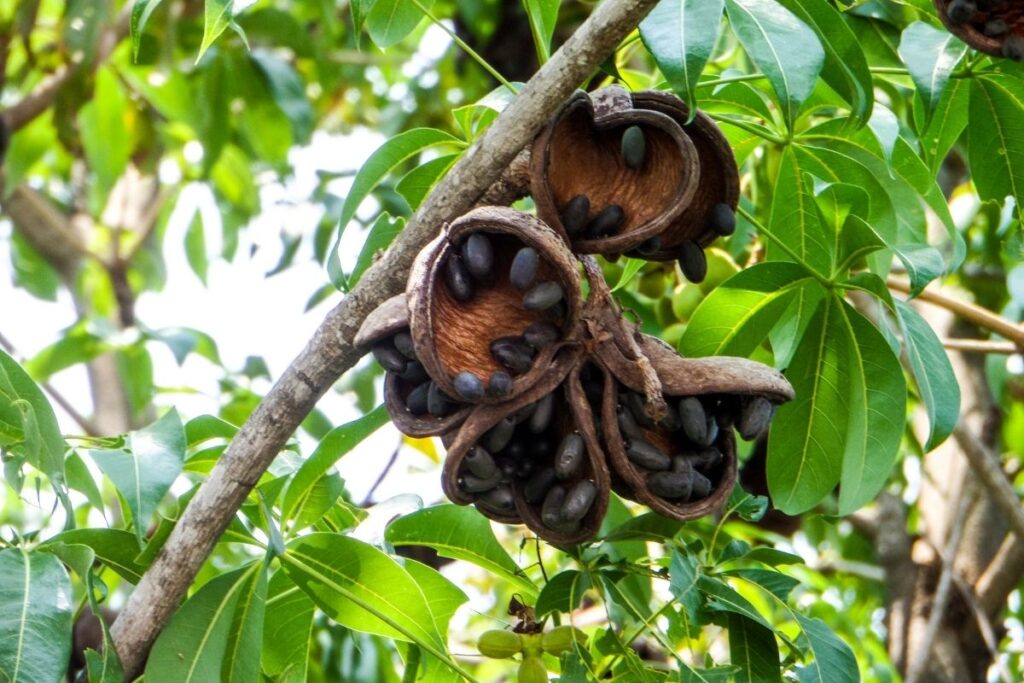
12. Jaggery Palm
The jaggery palm or the scientific name Caryota urens is a species of the palm family. It is native to areas of Southern Asia including Sri Lanka, India, Myanmar, and Malaysia.
The plant has long and sturdy leaves that are commonly for making fishing rods once chopped and dried.
Besides its leaves, people plantit for culinary purposes as it is a sugar palm. The jaggery palm grows in large areas of cleared fields and rainforests. It is a plant that thrives in moist and subtropical climates.
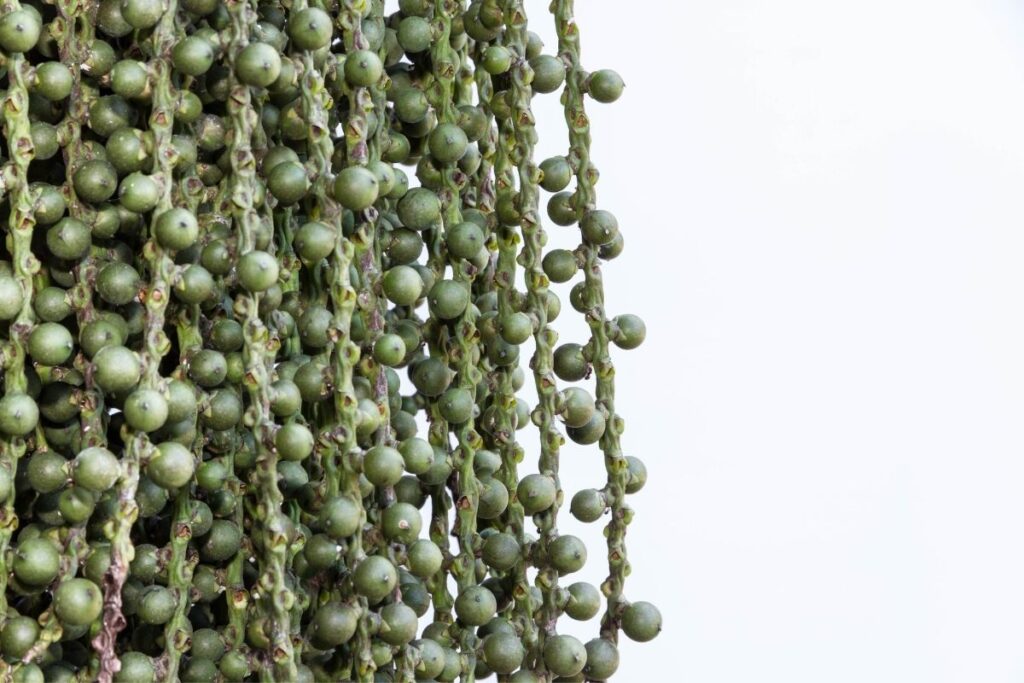
13. Jicama Plant
You may have heard of the jicama plant. Similar to a potato in appearance, so people call it a Mexican potato. It is a starchy root that is in use for culinary purposes.
Unlike a potato, people often eat the jicama root raw and cooks it sometimes. The jicama plant grows in warm areas of the United States as well as Puerto Rico, Hawaii, and Mexico.
Part of the legume family. The jicama root is nutrient-rich and stands to provide a great source of vitamins and fiber.
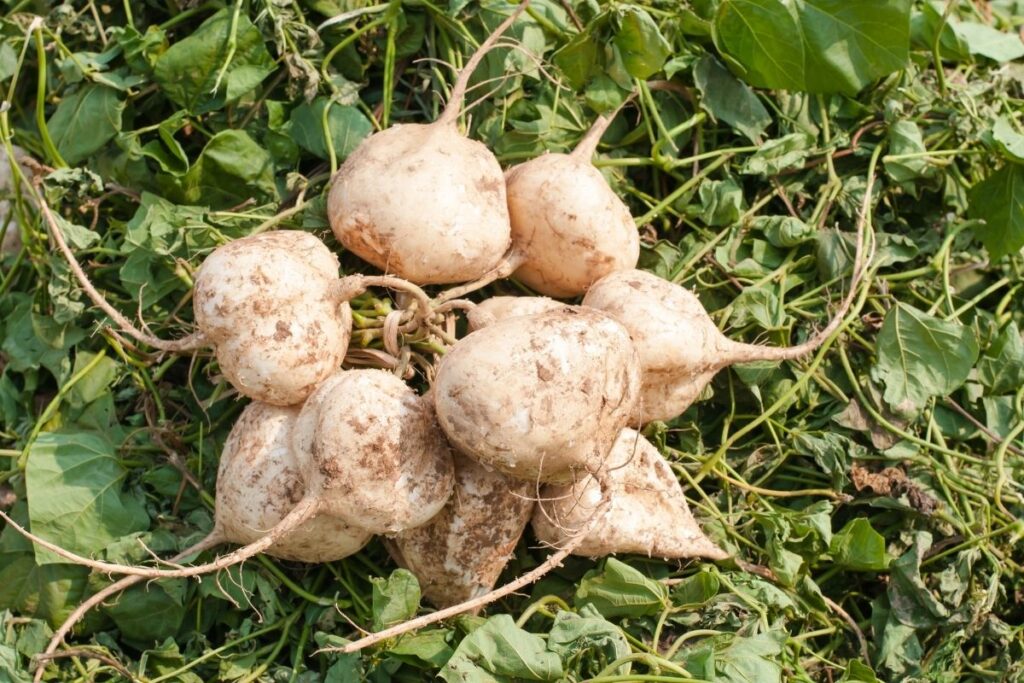
RELATED: 16 Interesting Plants That Start With N (Including Pictures)
14. Takeaway
Though not a full list of all the plants starting with J (which could take forever). We’ve given you a pretty good insight into the variety on offer.
Each plant offers something unique and presents a distinctive appearance. Some plant varieties are in several regions around the world. People crop this for similar uses which shows the vast connection between our use of plants.
Familiarise yourself with this list of plants starting with J. And next time you come across jicama or jackfruit, you’ll know what it is.
Editor’s Recommendations
28 Awesome Tropical Rainforest Plants (Including Pictures)
Everything You Need To Know About Sand Plants (Including Photos)







